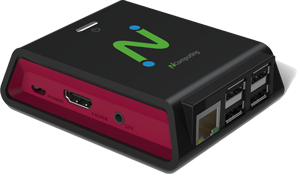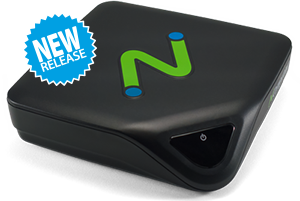LMU streamlines IT operations and improves service to students with virtual desktop solution
Ludwig-Maximilians-Universität München (LMU Munich) is one of the largest universities in Europe with more than 48,000 students, 700 professors and 3,600 academic staff. The University offers a wide range of courses in 150 subjects ranging from humanities to medicine, and includes options for interdisciplinary studies.

One of its largest divisions is the Faculty of Psychology and Educational Sciences, which boasts more than 12,000 students and 800 staff, and also supports many other informal users across research and teaching positions. In the past, providing computer-enabled learning for students required classes to meet in one of four onsite computer labs – a process that is logistically very complicated and does not meet the needs of the organization’s large student base. With all students now carrying at least one computing device, the university sought a way to leverage these devices to conduct interactive classes.
As with most higher education organizations, LMU’s IT departments are small and resource-constrained. Despite these challenges, they are tasked with delivering a common user experience and providing hasslefree access to IT services for all users, enabling collaboration and supporting BYOD. The IT department of the Faculty of Psychology and Educational Sciences needed an easy, to use and deploy, solution that simplified the process of managing and supporting its user computing environment.
Seamless Integration
To solve these issues, LMU turned to virtual desktop infrastructure (VDI) as a way to reduce the complexity of the diverse users and devices that connect to the university’s environment. After an evaluation of VMware and Citrix, LMU discovered NComputing’s VERDE VDI VDI, which, according to Werner Degenhardt, academic director and the CIO for the Faculty, “was the most seamlessly integrated with what we already had here.”
The Faculty’s data center environment is based on Novell, including eDirectory, ZENworks Configuration Management, ZENworks Asset Management and Vibe. Those systems run on Linux servers powered primarily by SUSE Linux Enterprise Server. A flexible BYOD policy also supports an infinite range of end user devices, operating systems, programs and applications.
LMU conducted a feasibility study of NComputing’s VERDE VDI, looking at both IT operations capabilities as well as the end user experience and determined it was the most effective and highest performing VDI solution for both audiences.
LMU identified several “killer use cases” for VDI at LMU Munich, including:
- Enables blended learning- IT can preconfigure classroom setups “on any device you can think of.”
- Eliminates the need for computer labs- With BYOD, students already have their computing devices. VDI extends the coverage of technology-enhanced learning by magnitudes
- Ensures a comparable computing experience- At the home office, IT can configure the use of applications to be the same as campus office use, yet more secure. The user gets the pixels on the screen, yet no data is transferred to the local device.
- Ability to reuse legacy devices as thin clients- Devices incapable of running newer versions of Windows can be reused. This means that you can get a Windows 7 device for the price of a VERDE VDI license.
Powerful Use Cases
With NComputing, the LMU administrator simply installs the VERDE VDI operating system through native remote connections onto a physical infrastructure. LMU is able to seamlessly scale out based on the number of users that will be supported, an important feature for a university with a student base that varies from year to year.
On the end user side, the student or staff member is directed to an internal site set up by default through the VERDE VDI software. The user clicks on the appropriate client (Windows, Mac, Linux or Other) and enters their user credentials. A small client app is downloaded onto their device and the user just clicks on that client icon to connect.



-menu.png)


